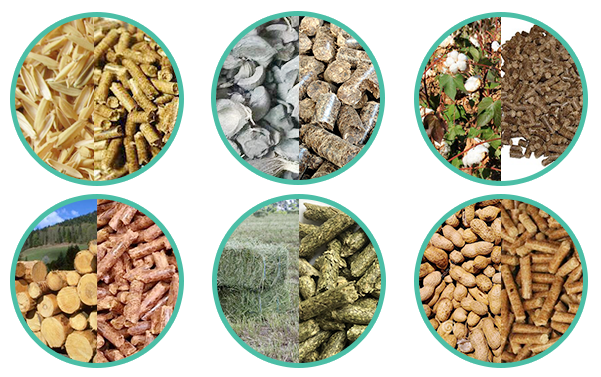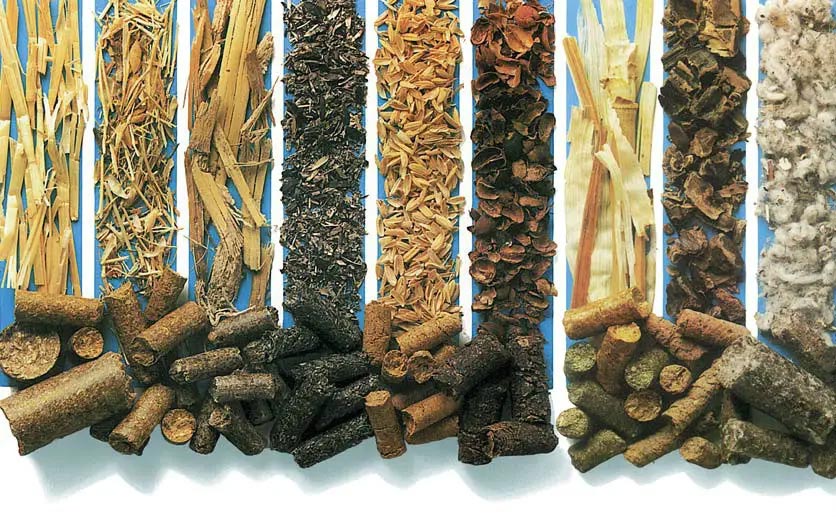At present, the common biomass fuels in the market mainly include: miscellaneous wood, pine, mahogany, sylvestris pine, and biomass fuels (block or pellet) processed from peanut husks and rice husks. Among them, there are many granular products, mainly because the primary raw materials are abundant and easy to obtain. The second granular shape is good, less broken, and high in density. So what is the calorific value of each raw material particle? Let's reveal the calorific value of each biomass fuel.

Processed various woody biomass fuels with low calorific value:
Miscellaneous wood: generally poplar miscellaneous wood, the low calorific value is about 3700-3900 kcal/kg, and the ash content is about 5-7%
Pine: pure pine pellet fuel, the low calorific value is about 4100-4200 kcal/kg, and the ash content is about 2%
Mahogany: biomass fuel processed from mahogany, the low calorific value is about 4200 kcal/kg, and the ash content is about 1%
Pinus sylvestris: The biomass fuel processed by Pinus sylvestris, the low calorific value is about 4300 kcal/kg, and the ash content is about 0-1%
Bamboo: Biomass fuel processed from bamboo, with a low calorific value of about 4400-4500 kcal/kg and an ash content of about 0-1%
The low calorific value of various straw biomass fuels after processing:
Corn stalk: biomass fuel processed from corn stalk, the low calorific value is about 3200 kcal/kg, and the ash content is about 10-15%
Wheat straw: biomass fuel processed from wheat straw, the low calorific value is about 3200 kcal/kg, and the ash content is about 10-15%
Peanut shell: biomass fuel processed from peanut shell, the low calorific value is about 3500 kcal/kg, and the ash content is about 10-15%
Rice husk: biomass fuel processed from rice husk, the low calorific value is about 3200 kcal/kg, and the ash content is about 10-15%
Pepper sticks: biomass fuel processed from pepper sticks, the low calorific value is about 3500 kcal/kg, and the ash content is about 10%
Furfural slag: biomass fuel processed from furfural slag, the low calorific value is about 2800 kcal/kg, and the ash content is about 10-15%

From the above data, it is not difficult to find that the calorific value of wood-based biomass fuels > straw-based biomass fuels. The higher the density of raw materials, the higher the calorific value of processed fuels. For example, the hardness of bamboo is obvious to all. The calorific value of wheat straw is only more than 3,000 calories. According to the market conditions for so many years, it is not difficult to find that the price of biomass fuel with higher calorific value is also more expensive, but it does not mean that the product with low calorific value is a bad product. When choosing biomass fuel, it is necessary to purchase biomass fuel reasonably according to the size of the boiler and the production demand for steam production. It is the key to purchase fuel with moderate calorific value at a reasonable price, so as to minimize the consumption of enterprises. energy cost